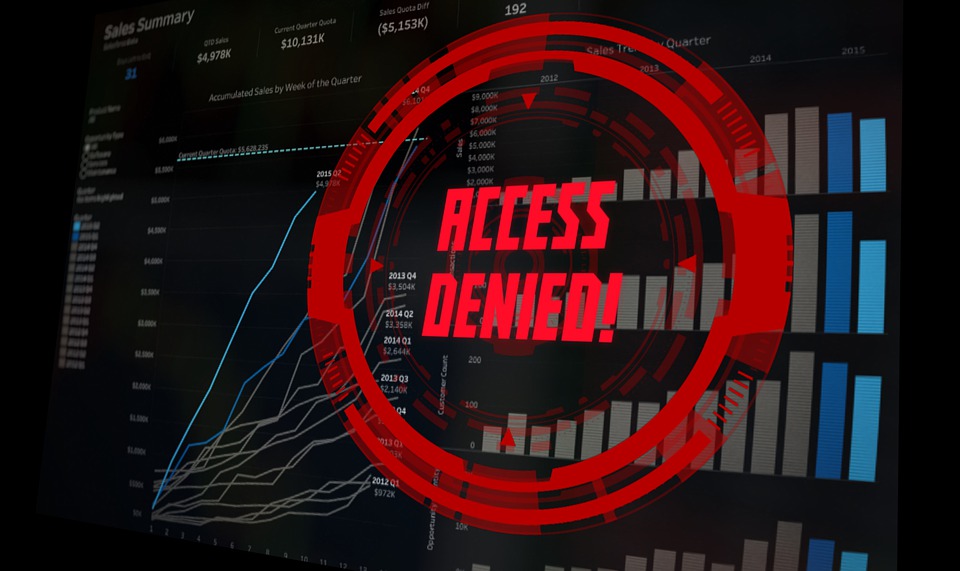On paper, accessing information online seems like quite a straightforward process. Whether you’re doing research for a school project, trying to decipher the best investment opportunities, or gathering competitor data through web scraping, all you have to do is visit a few sites and collect the information you need.
In practice, things are a bit more complicated. Unfortunately, you don’t have as unrestricted access to everything that the internet has to offer as you think. Some data is hidden behind paywalls, other lies behind lengthy registration forms. However, much of the most valuable information is often just out of your reach due to geo-restrictions.
Although useful for some sites, geo-blocking is often an annoying practice for the end-user. Learn what it is and how you can bypass it with the help of a SOCKS5 proxy to gain access to the content you need the most.
What is geo-blocking?
Even if you’re unfamiliar with the term, you’re likely familiar with geo-blocking as a concept. After all, virtually every internet user has come across geo-restricted content at least once.
On occasion, you might stumble across a couple of YouTube videos that are not available in your region, a few sites that give you the 403 error, or even some Netflix series you know are released but can’t find through your account. All of these are instances of geo-blocking.
Put plainly – geo-blocking prevents some users from accessing online content based on their geographical region. If you’re trying to access a website that’s only available in the US, for instance, you’ll only be able to do so if you are also in the US. Even if you’re using the same device and your traffic is coming from a different country, your access will be restricted.
The technology behind geo-restrictions is relatively straightforward – sites read your Internet Protocol (IP) address to find out where you’re coming from and decide whether they’ll give you access or not.
As long as your IP is visible, you might come across geo-blocks.
Why do sites use geo-restrictions?
Although it may seem annoying, many websites do have a legitimate reason for using geo-restrictions. Most commonly, they’ll impose blocks to:
- Enforce licensing agreements – copyright owners can decide where their content is available, so license holders may need to geo-block content to avoid breaching their agreements (this is most commonly evident with sports broadcasting);
- Segment markets – many businesses present different types of content to different markets (similarly to airlines that offer different ticket prices in different regions). It can be used as a way to better target audiences or as a way to increase profits;
- Restrict access to illegal content – it’s not always websites that impose geo-restrictions; it could be countries that want to restrict access to illegal content. For instance, in countries where online gambling or sports betting is illegal, residents cannot access gambling sites.
Although some reasons for geo-restrictions might be legitimate, they can pose problems to specific users, so bypassing them can be crucial.
Why you’d want to bypass geo-restrictions
Geo-restrictions are a nuisance for individual users and businesses alike. They can be exceptionally limiting when you’re performing web scraping and trying to gather relevant data that can help you grow your business. Some of the main reasons why you’ll need to bypass geo-restrictions include:
- Market research – before expanding to new markets, you need to analyze the audiences and assess market conditions. If much of the data required for your research is geo-blocked, you’ll find it difficult to develop strategies for your success;
- Competitor analysis – understanding what your competitors are doing, their strengths, and weaknesses is the key to outperforming them. You need relevant competitor data to move forward;
- Price comparison – keeping your pricing competitive is only possible when you know how others price products and services within your niche;
- Personalization – geo-blocking can prevent you from understanding your customers’ needs, desires, and preferences, making it impossible to offer personalized suggestions.
If you want to bypass geo-restrictions, you need to use reliable solutions that can help you hide your IP and give you unrestricted access to any type of content you need.
How to go around geo-blocks
The quickest way to go around geo-blocks is by using SOCKS5 proxy – the latest version of internet protocol that effectively hides your IP address. See here for more information on practical applications.
SOCKS5 proxies act as middlemen between your device and the internet. Whenever you request information from a website, your request first goes through the proxy’s servers. Therefore, the site will only see the server’s information, including its IP address.
If you’re in Mexico, for instance, and want to access a site only available in the US, you’ll use a proxy with servers based in the US. It will give the site the impression that your IP address comes from the US, and you’ll gain access to all the available content.
With proxies, you’ll enjoy:
- A fake, new IP address;
- Faster search;
- Safer browsing experience;
- A layer of anonymity.
You’ll be able to browse and collect data from any site with the utmost ease and efficiency.
Conclusion
Geo-blocks are becoming more widespread, so bypassing them is a necessity. With the help of reliable proxies that hide your actual IP address, you can easily go around geo-restrictions, access blocked content, and gather data without a hitch.










